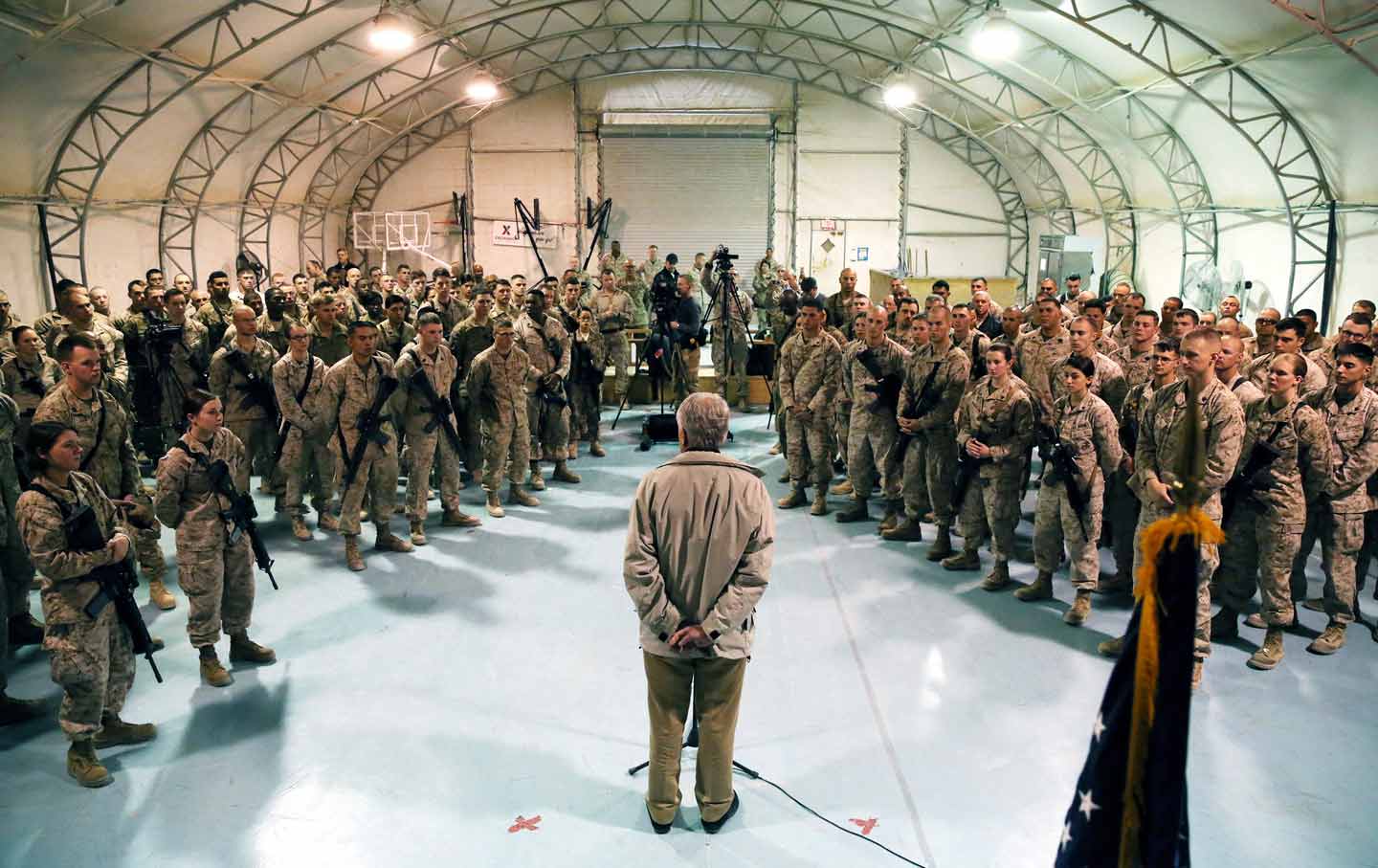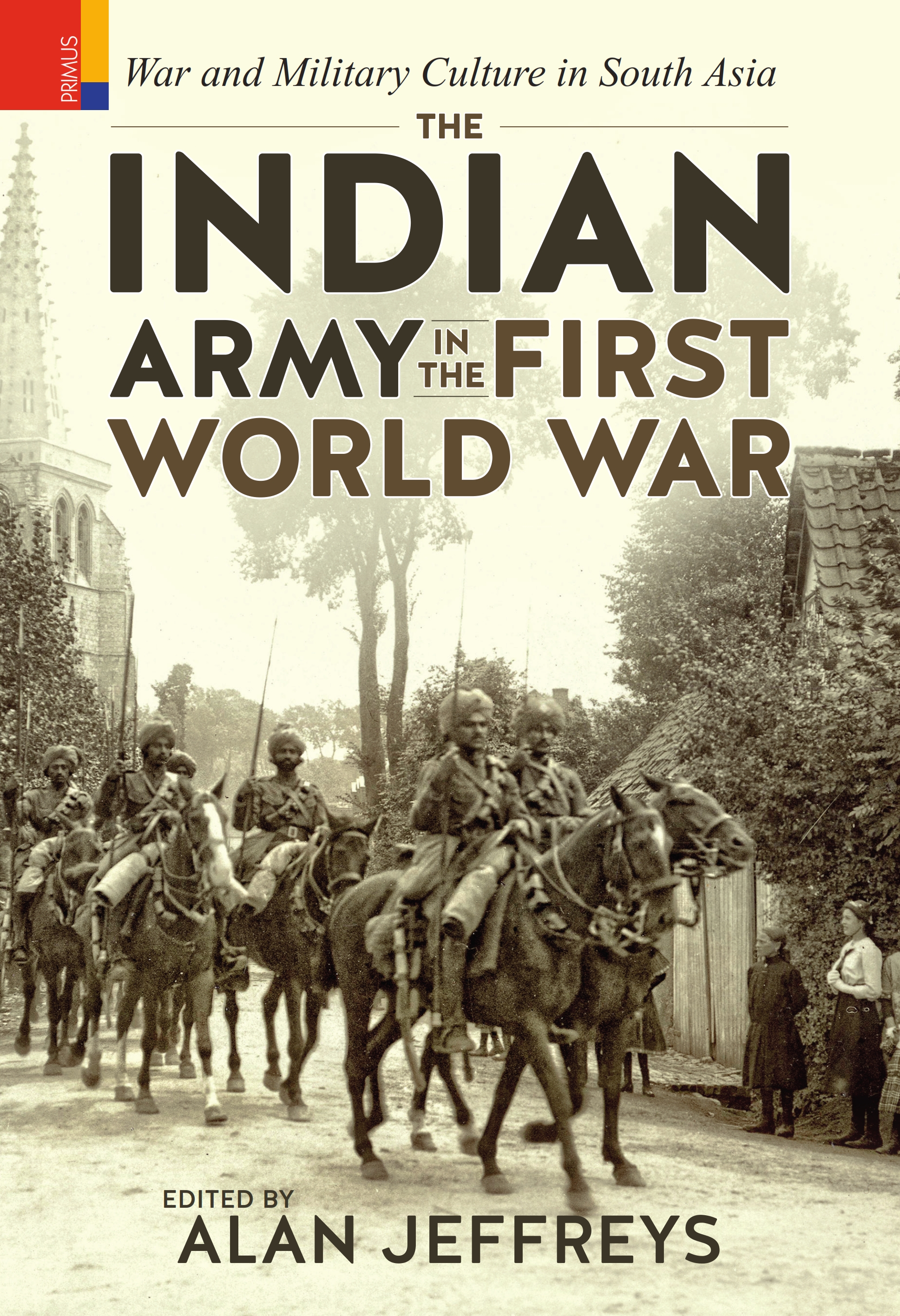Military Culture - "Based on the positive and powerful values of our Army, we will create a focused culture that destroys dangerous behavior and builds cohesive teams through our training."
The culture consists of the core values, beliefs, and behaviors that drive the social environment of an organization, and it plays an important role in the accomplishment of the missions. Culture is constantly changing to align with an organization's strategy and mission - no organization has the same culture as it did a generation ago. In the 21st century, the question for leaders is not whether the culture should change, but how it should change. In modern times, culture is a rapid area of innovation.
Military Culture

The army culture is founded in our values of loyalty, duty, respect, selfless service, honor, integrity and personal courage. These values prove and give our culture a strong foundation. As an American institution, however, we face many of the same cultural challenges as the rest of our nation: sexual assault, sexual harassment, discrimination, extremism, and suicide. If allowed to continue, such behavior could erode confidence in Army teams - from troops to high command. They also affect team cohesion.
Rotc Cadets Experience Djiboutian Military Culture
Building on the positive and powerful aspects of the current Army culture, create a focused culture that destroys dangerous behavior and builds trust between Army formations. Reinforce positive behaviors that align with our team's shared vision: courtesy and positive relationships; diversity, equity and inclusion; honor and respect; sympathy; and protect the welfare of soldiers and civilians. Incorporate new cultural elements to meet the challenges of the information age. These include (but are not limited to) research and innovation; intellectual flexibility; knowledge sharing; systems thinking; and; Continuous learning.
Leaders drive culture by clearly defining it, communicating it openly and effectively, inspiring others, and modeling it in a compelling and authentic way.
Always check and check the host's culture to see if it fits with the host's strategy. Misalignment between strategy and culture leads to mission failure. Conduct regular organizational cultural assessments and integrate all data to dynamically assess, adapt and redefine Army culture as required by our strategy and mission. This article needs additional citations for verification. Help improve this article by adding citations from reliable sources. Unsourced material may be challenged and removed. Find Source: "Military" - News · Newspapers · Books · Scholars · JSTOR (August 2008 ) (Learn how and what to remove this message template)
A military, also known as the armed forces, is a heavy, well-organized armed force dedicated primarily to war. It is usually authorized and maintained by a sovereign state, and its members can be identified by their distinctive military uniforms. It may consist of one or more military branches such as an army, navy, air force, space force, navy or coast guard. The main task of the military is usually defined as defending the state and its interests against external armed threats.
The Army Is Struggling To Stay Out Of The Culture War
In broad usage, the terms armed forces and military are often treated as synonymous, although in technical usage a distinction is sometimes made where a country's armed forces may include both its military and other paramilitary forces. There are various forms of irregular military forces that do not belong to a recognized state; although they share many attributes with regular military forces, they are less often simply referred to as military.
A nation's military can function as a discrete social subculture, with dedicated infrastructure such as military housing, schools, utilities, logistics, hospitals, legal services, food production, finance, and banking services. In addition to war, the military may work in other state-sanctioned and sanctioned functions, including threats to internal security, population control, promotion of a political agenda, relief and reconstruction, protection of corporate economic interests, social ceremonies, and guarding national honor. .
Some of the most iconic images of classical antiquity depict the power and exploits of its military leaders. The Battle of Kadesh 1274 BC was one of the defining points of the reign of Pharaoh Ramses II, and his monument commemorates it in bas-relief. A thousand years later, the first emperor of unified China, Qin Shi Huang, was so determined to impress the gods with his military might that he buried himself with an army of earthen soldiers.

The Romans paid much attention to military affairs, and left to their descendants many treatises and writings on the subject, as well as many triumphal arches and richly sculptured columns of victory.
Strategic Culture Shapes A Country's Military Response
It comes from the Latin militaris (from the Latin Miles, meaning "soldier") in Frch, but is of uncertain etymology, a suggestion being derived from *mil-it- - to a body or mass.
As a noun, the military usually refers generally to a country's armed forces, or sometimes, more specifically, to the military officers who compose them.
In general, it refers to the physical character of the armed forces, their personnel, equipment and the physical area they occupy.
As an adjective, military originally referred to soldiers and soldiers only, but it was soon expanded to include the land force in general and everything related to their profession.
A Culture That Fosters Sexual Assaults And Sexual Harassment Persists Despite Prevention Efforts, A New Pentagon Study Shows
The names Royal Military Academy (1741) and United States Military Academy (1802) reflect this. However, by the time of the Napoleonic Wars, "military" began to be used in reference to the armed forces in general, including "military service", "military intelligence" and "military history". As such, it now means any activity carried out by armed forces personnel.
Military history is often considered the history of all conflicts, not just the military history of states. It differs somewhat from the history of war, with military history focusing on war-makers and institutions, while war history focuses on the evolution of war itself in the face of changing technology, government, and geography.
Military history has a number of aspects. A key aspect is learning from past achievements and mistakes, in order to wage war more effectively in the future. Another is to create a sse of military tradition, which is used to create a cohesive military force. Yet another might learn how to prevent war more effectively. Human knowledge of the military is based largely on the history of military conflicts (wars), participating armies and navies, and more precisely, air forces.

Despite the growing importance of military technology, military activities depend primarily on people. For example, in 2000 the British Army declared: "Man is always the first weapon of war."
I Lived Through The Us Military's Culture Of Surveillance
The military organization is characterized by a strict hierarchy of command divided by military rank, with ranks normally grouped (in descending order of authority) as officers (e.g. colonel), non-commissioned officers (e.g. sergeant) and staff of the lowest rank ( eg. . private). While superior officers make strategic decisions, subordinate military personnel (soldiers, sailors, marines, or air traffic controllers) carry them out. Although rank titles vary by military branch and country, rank hierarchies are common in all state armed forces worldwide.
Personnel have, in addition to their rank, one of many trade roles, which are often grouped by the nature of their military duties in combat operations: combat roles (such as infantry), combat support roles (eg combat engineers) and combat service support. role (e.g. logistics support).
In the past, the armed forces of some communist states, such as the Soviet Union, China and Albania, tried to abolish military ranks, but they were later reinstated due to operational and command and control difficulties.
Personnel may be recruited or enlisted, depending on which system the state chooses. Most military personnel are men; The minority proportion of female employees varies internationally (about 3% in India,
How Does Cultural Awareness Training Help U.s. Army Cadets?
). While two-thirds of states now only recruit or protect adults, 50 states as of 2017 still rely on children under the age of 18 (usually 16 or 17) to staff their armed forces.
For example, after the United States abolished conscription in 1973, "the military disproportionately attracted African Americans, those from lower socioeconomic status, those who attended non-academic high school programs, and those who had high scores appeared low. ".
However, a study published in 2020 on the socioeconomic background of US Armed Forces personnel suggests that they are equal to or slightly higher than the civilian population on socioeconomic indicators such as share of income, share of wealth, and mental capacity. The study found that technological, tactical, operational and doctrinal changes have led to a change in demand for personnel. In addition, the study suggests that the most disadvantaged socioeconomic groups are less likely to meet the demands of the modern American military.

The responsibilities of military personnel are many. Full-time employment with the military normally requires a period of service of at least several years; between two and six years is typical for the armed forces in Australia, the UK and the US, for example, depending on the role, branch and rank.
Top General: 'army Needs Lad Culture So Soldiers Go And Fight The Enemy'
Some armed forces allow a short discharge window, usually during training, where recruits can leave the armed forces to start straight.
Alternatively, part-time military work, known as reserve duty, allows a recruit to hold down a civilian job while training under military discipline on weekdays; may be called upon to deploy to operations to supplement the full-time workforce. After leaving the armed forces, recruits may be required to rejoin the military full-time to train or deploy on operations.
Military law for offices not recognized
Understanding military culture, military culture training, us military culture, military vs civilian culture, military organizational culture, military culture 101, military culture definition, military family culture, american military culture, military culture powerpoint, russian military culture, military culture in imperial china
0 Comments